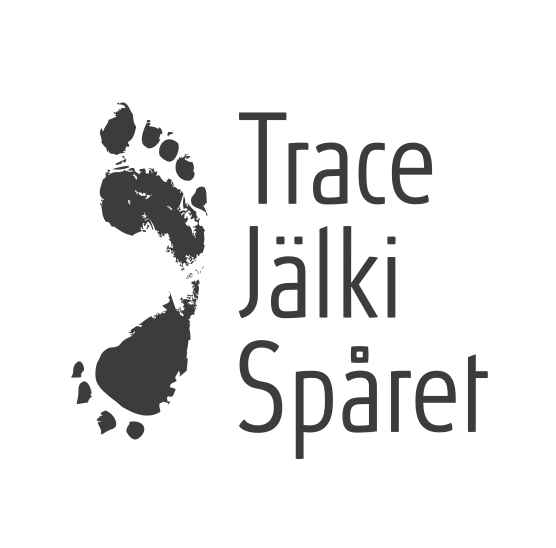"Ché Coco, ché Coco": An animal reading of Coco the parrot in Jean Rhys’s Wide Sargasso Sea
DOI:
https://doi.org/10.23984/fjhas.126115Keywords:
animal abuse, binary oppositions, Caribbean literature, human-animal relationships, parrots, petsAbstract
The various human characters of Jean Rhys’s novel Wide Sargasso Sea (1966) have attracted the attention of literary scholars from different perspectives. However, the novel’s nonhuman animal characters have previously been studied mainly as symbols for human actions and destinies. In this article, I problematise this type of anthropocentric approach from a Human-Animal Studies and a literary criticism perspective. I analyse Coco as a character of the novel and as a member of his own species. My analysis examines the nature of human-animal relationships, their representations in literature, and the binary oppositions inherent in them. Additionally, I critically evaluate the ways in which nonhuman animals are perceived and depicted in cultural representations. I argue that Rhys shows Coco as a parrot with species-typical behaviour and as a character with his own agency. Nevertheless, one should not disregard his symbolic functions, which draw attention to gendered colonial violence. Furthermore, the symbolic and linguistic violence in the novel forces the nonhuman animal into a position below the human animal and normalises violence towards nonhuman animals. The human-animal relationships in Wide Sargasso Sea vary from something akin to close companionship all the way to subjugation under the will of the more powerful.

Downloads
Published
Issue
Section
License
Copyright (c) 2024 Reeta E. Kangas

This work is licensed under a Creative Commons Attribution 4.0 International License.





